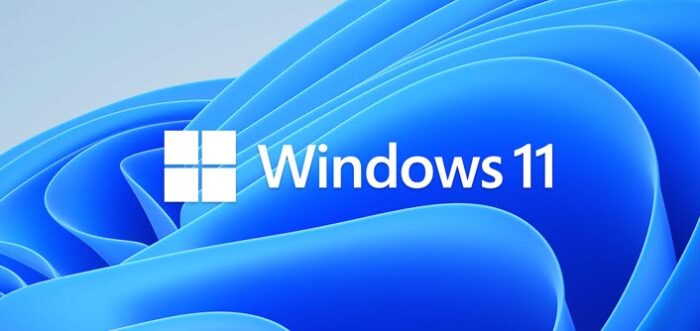In this post we will see what a Windows Kernel Mode Power Manager is. Windows uses power management technology to reduce power consumption for PCs in general and battery-powered laptops in particular. For example, a Windows computer can be put in a sleep or hibernation state.

What is Windows Kernel-Mode Power Manager
A complex power management system for computer devices has evolved so that when the computer begins to shut down or go to lower power consumption, the attached devices can also be powered down properly so that no data is lost.
But these devices need a warning that the power status is changing and they may also need to be part of a communications loop that tells the controlling device to wait until they can shut down properly.
The Windows Kernel mode power manager manages the orderly change in power status for all devices that support power state changes. This is often done through a complex stack of devices controlling other devices. Each controlling device is called a node and must have a driver that can handle the communication of power state changes up and down through a device stack.
If you are writing a driver that can be affected by power-state changes, you must be able to process the following types of information in your driver code:
- System activity level.
- System battery level.
- Current requests to shut down, sleep, or hibernate.
- User actions such as pressing a power button.
- Control panel settings, such as automatically shutting down at 10 percent battery power.
For details, visit MSDN.